Due to the rising heating costs, more and more Poles are looking for energy-saving solutions. This is evidenced by the numbers - it is estimated that in the last two years alone, over 200,000 investors have decided to purchase and install a heat pump. However, it turns out that this does not always bring the expected results. On internet forums devoted to construction and installations, questions from investors are increasingly appearing why, despite the investment, heating costs remain unexpectedly high, and thermal comfort is at least different from expectations. We asked experts from Purmo - a leader in energy-saving heating solutions on the Polish market - about the reasons and possible solutions.
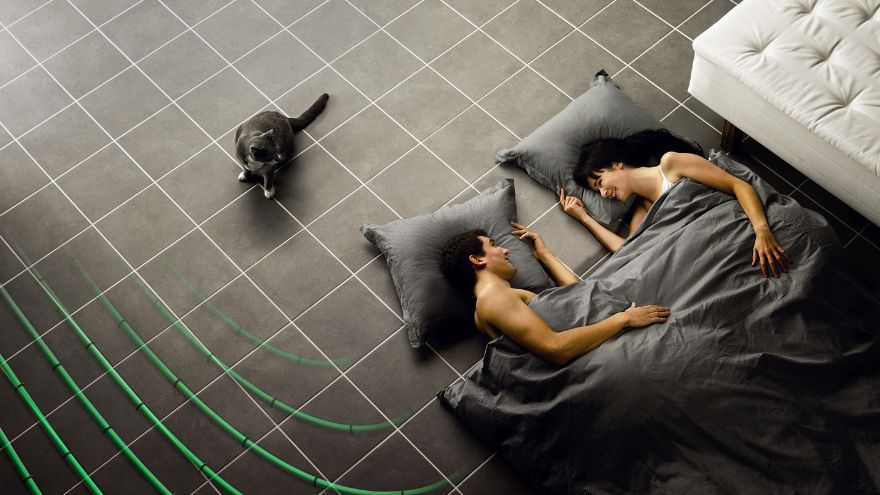
Check out the Purmo brand offer at the Onninen wholesaler
As it turns out, investing in a heat pump does not always bring the expected savings and thermal comfort. That is why users are increasingly looking for answers to what to do in a situation where they have incurred significant costs for modernization or installation of a heat pump, and the heating costs are unexpectedly high.
"There may be at least several reasons and each situation requires individual analysis. Starting with the fact that the house may be poorly insulated or does not have adequate insulation, which unfortunately generates very large heat losses, through improperly selected pump power, to a situation where the old heating system does not work properly with the new heat source. While in the first case there is nothing to do except insulate the house (the problem is the "leaky" house, not the heat source), in the other cases there are solutions that help solve the problem and increase thermal comfort or reduce heating costs"
~ says Piotr Krzemiński, Technical Sales Support Manager at Purmo.
Solutions for savings and thermal comfort of users
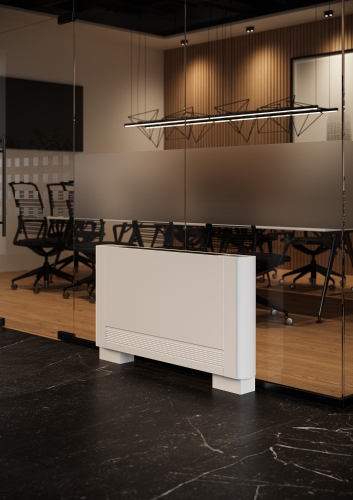
"If we are dealing with a situation where we have installed a heat pump and we have unexpectedly high heating bills and/or inadequate thermal comfort, we need to find the cause, and there may be several. The basic issue in this situation will be an assessment by an experienced, professional installer, e.g. recommended by an independent manufacturer of heating solutions. It will not solve the problem of a non-functioning device - e.g. an air conditioner used that has been converted into a heat pump, or a device that is twice too small. However, it will help in a situation where the problem lies within the heating installation or device regulation," says Piotr Krzemiński.
According to Purmo experts, depending on the situation, we have several solutions to choose from:
1. The most important thing is the basics - Purmo experts point out that in each case the most important thing is to properly adjust the device and the parameters of cooperation with the heating system. This is a time-consuming task, but it is not worth saving on it. Only proper adjustment will ensure optimal and energy-efficient operation of the entire system and this is certainly the cheapest solution. This will require at least several visits from an experienced specialist, who will check various situations and possibilities of the installation in different conditions. But the investment can pay off very quickly, because with a well-adjusted heat pump adapted to the installation, we can get up to 20-30% lower heating bills!
2. Inadequately insulated house with high heat losses – the problem is not the heat source. The only effective solution in such a situation will be to insulate the house to eliminate heat losses and then adapt the heating system to the needs of the modernized building.
3. A properly insulated house, but a pump with too low power has been installed . "Unfortunately, this situation is not an exception on the market. As a result, the pump works "at high speed", i.e. very often and for a long time supported by an electric heater, which automatically causes a significant increase in costs. Fortunately, we have several options to solve the problem. The first - obvious one - is to replace the pump with a model with the appropriate power adapted to the needs of the building, but ... it may be difficult to accept for the investor who has just spent several dozen thousand on a new heat source.
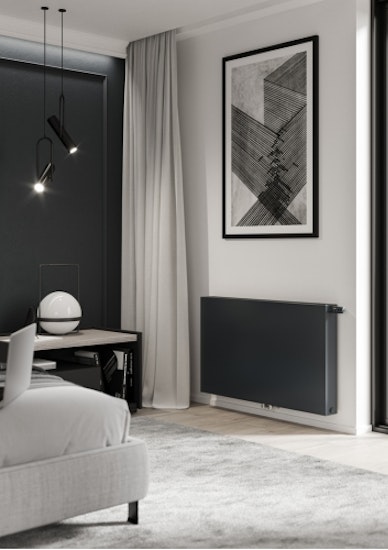
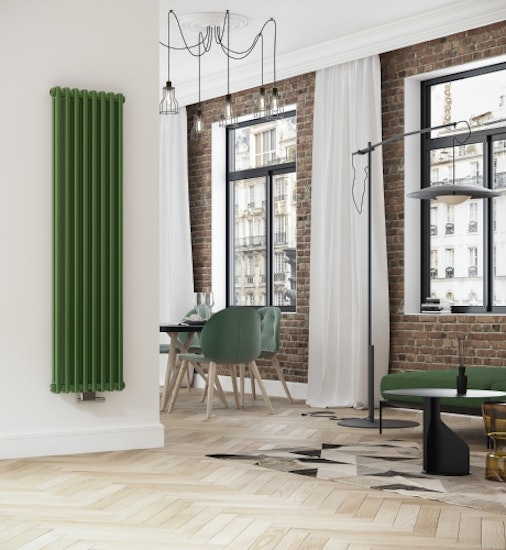
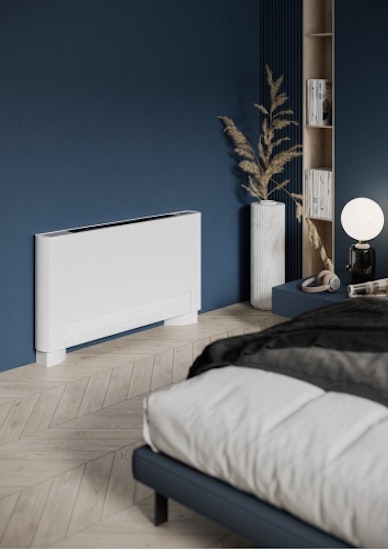
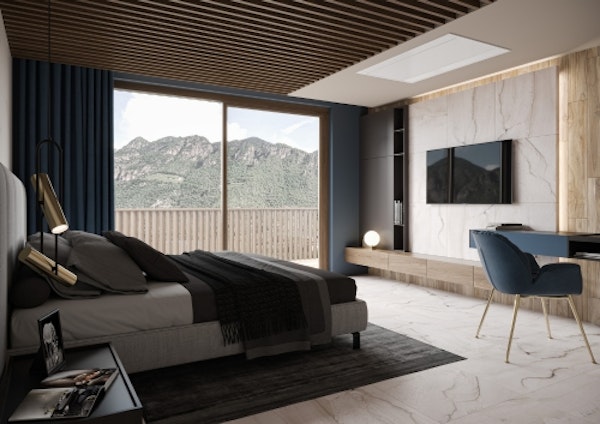
Therefore, a relatively simple solution may be to improve the existing heating system – by lowering the temperature of the system, if we have… radiators in the house. All we need to do is to analyze the situation with an experienced installer and replace the radiators with more efficient ones (e.g. type 11 with 22 or 33) or larger ones, or even better with modern fan coil units. Unfortunately, in a situation where we have underfloor heating on the entire surface, all we can do is… replace the heat source or install new or additional radiators in the house,” advises Piotr Krzemiński.
4. A properly insulated house, but a pump with too high power has been installed . "Unfortunately, such situations also happen. What then? Of course, replacing the pump with one tailored to the needs is not very realistic financially. The second possible solution is to install a large heat buffer, which will extend the heat pump's operating cycles. Remember, however, that in this case we have to find additional space in the boiler room. The third - the simplest solution is to replace or install radiators with models with a larger volume (and efficiency) and lowering the installation temperature and improving the pump's efficiency," says Piotr Krzemiński.
Optimal heating devices for heat pumps
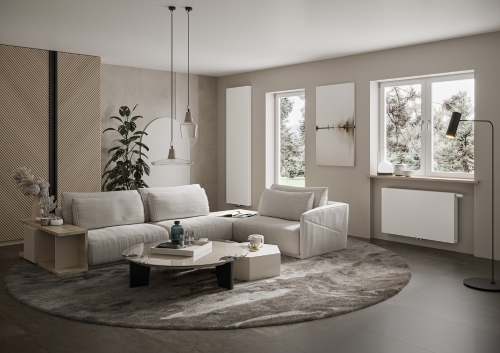 According to Purmo experts, there is a common belief on the market that a heat pump can work effectively primarily with underfloor heating. Meanwhile, the only truth is that a heat pump works best with low-temperature heat emitters, which include, for example, surface heating. In such a case, low-temperature panel radiators and fan coils can also be successfully used (e.g. the innovative and efficient Vido S2 model by Purmo). There are many examples of such investments. This is also important when deciding to modernize the installation, because most new heat pumps are currently going to homes with existing radiators, and solutions adapted to use in modernized buildings can be easily found in the Purmo brand offer.
According to Purmo experts, there is a common belief on the market that a heat pump can work effectively primarily with underfloor heating. Meanwhile, the only truth is that a heat pump works best with low-temperature heat emitters, which include, for example, surface heating. In such a case, low-temperature panel radiators and fan coils can also be successfully used (e.g. the innovative and efficient Vido S2 model by Purmo). There are many examples of such investments. This is also important when deciding to modernize the installation, because most new heat pumps are currently going to homes with existing radiators, and solutions adapted to use in modernized buildings can be easily found in the Purmo brand offer.
More tips and articles about the Purmo brand and energy-saving solutions and products are available at: www.purmo.pl in the "Interiors" tab